
At least once a week I get a question about soy and whether it is safe to eat, especially for people with hormonal acne. More than once a week, I also see misinformation about soy as I peruse through my Facebook feed.
In these fear-mongering posts and articles we are often told that soy disrupts our hormones and can cause things like cancer, gynecomastia ("man boobs"), and even more subtle issues like migraines due to genetic engineering. Most of this misinformation is coming from the mouths of Americans who, not coincidentally, eat a lot of meat and somehow feel threatened by a plant-based protein source that could out-compete the meat industry given the undeniable health benefits of eating plants and the damning side effects of eating meat and dairy.
The irony here is that this is coming from Americans. Americans as a whole actually consume very little soy protein. Based on 2003 data from the UN Food and Agriculture Organization, per-capita soy protein consumption is less than 1 gram (g) per day in most European and North American countries, although certain sub-populations such as vegetarians, Asian immigrants, and infants fed soy-based formula consume more. The Japanese, on the other hand, consume an average 8.7 g of soy protein per day; Koreans, 6.2–9.6 g; Indonesians, 7.4 g; and the Chinese, 3.4 g. Although the common assumption is that Asian populations consume soy in small amounts, as a condiment-style food, and only in fermented forms, this is simply not true.
Most of the misinformation out there is sparked by the fact that most of the epidemiologic studies of Asian populations that demonstrate health benefits involved whole soy foods, while the negative side effects were seen only in animal and human intervention studies using soy concentrates or isolated isoflavones; some animal studies used pure genistein, something we would simply never be exposed to in our regular diets. Thus, the results of the latter studies are less useful than the results of the former. If you want to study something, study it properly, not using bits and pieces of food and applying them to non-human animals, to then try and extrapolate these findings to inform human dietary guidelines.
Sure, there's a lot of information out there on soy that is negative. Between 1990 and 2010, there were over 10,000 peer-reviewed journal articles on soy. A large percentage of these were conducted in animals, though, which as I discussed above can make the results irrelevant to humans because species differ in how they metabolize soy isoflavones and because the amount of isoflavones given to the animals is often much greater than any human would eat.
This difference may have obscured what the health effects of soy actually are.
Health Benefits of Soy
The most popular ways to consume soy are as edamame, tofu, tempeh, and miso, although it is also consumed in the Western world largely as soybean oil or soy concentrates added to foods. But just because parts of soy (like soybean oil) may not be very healthy, this doesn't mean that soy as a whole food is bad.
Edamame
Edamame is one of my favourite ways to eat soy. They're an easy-to-make finger-food that's great for when you're on-the-go or short on time. Edamame are basically immature, green soybeans still in the pod.
Edamame contains 8 grams of fiber in every cooked cup. For a man, this is over 23% of his recommended daily intake; for a woman, it's 28% of her requirement per day. According to the American Heart Association, consuming fiber-rich foods can lower your risk of heart disease. In addition, edamame has a high concentration of alpha-linolenic acid, or AHA, an omega-3 fatty acid that your body can convert to EPA and DHA, compounds linked to lower blood cholesterol and a decreased risk of stroke and heart disease.
Each cup of cooked edamame also contains about 1.6 milligrams of manganese, or over half of the recommended daily intake for adults. Your body needs manganese to build strong bones. A serving of edamame provides over 20% of an adult's recommended dietary allowance of vitamin K, a nutrient that the Harvard School of Public Health reports is crucial for increasing bone density. The beans are also high in potassium and magnesium, supplying at least 10% of the RDA of each mineral for both men and women in a single cooked cup.
And of course, edamame is an excellent and complete source of protein. Eating half a cup of green soybeans adds more than 11 grams of protein to your diet. Soy provides a complete source of dietary protein, meaning that it contains all the essential amino acids needed in the diet.
Tofu
Tofu is a very popular way of eating soy. Tofu, which is made from soybean curds, is naturally gluten-free and low calorie; it contains no cholesterol and is an excellent source of protein, iron, and calcium.
Consuming tofu as an alternative to animal protein lowers levels of LDL cholesterol, which is also referred to as "bad" cholesterol; this, in turn, decreases the risk of atherosclerosis and high blood pressure.
A half-cup serving of tofu contains 10 grams of protein, providing 44% of our daily calcium needs, 9% of our daily magnesium, and 40% of our daily iron.
It also contains small amounts of vitamin K, thaimin, riboflavin, niacin, B7, folate, choline, phosphorous, manganese and selenium. Tofu is also high in healthy polyunsaturated fats, especially omega-3 and alpha-linolenic acid.
Tempeh
Tempeh is an interesting little food I've only recently come to appreciate and actively add to my diet. Tempeh is made from fermented soybeans that are then pressed into blocks. It is nutty and firm in texture, and makes an amazing meat substitute, especially as it is rich in protein and other important nutrients.
Each 1-cup serving of tempeh contains 31 grams of protein, which is a whopping 55% of the recommended daily intake for men, and 67% for women, according to the U.S. Department of Agriculture. Tempeh contains high-quality, complete protein, and provides all the amino acids you must obtain from your diet. Tempeh's protein is as easily absorbed and utilized as protein from animal sources, such as eggs or meat.
A single serving of tempeh provides 930 micrograms of copper, or your entire recommended daily intake, and 2.2 milligrams of manganese, which is more than the 1.8 milligrams required daily for women and 96% of the recommended daily intake for men. Both minerals support wound healing and promote tissue strength by boosting collagen synthesis. The manganese in tempeh also helps clear glutamate, a nerve toxin, from your brain, while copper promotes brain cell communication.
Each serving contains 18 grams of total fat, although most of this fat comes from beneficial poly- and monounsaturated fats.
Cancer
Soybeans and soy foods contain a variety of bioactive components, including saponins, protease inhibitors, phytic acid, and isoflavones. Isoflavones belong to a class of compounds generally known as phytoestrogens, plant compounds that have estrogen-like structures.
Previously, there has been confusion regarding the safety of consuming soy after a breast cancer diagnosis. This is because isoflavones have a chemical structure that looks similar to estrogen. Indeed, soy isoflavones are frequently referred to as "weak estrogens", and depending upon the specific circumstance, they can act as agonists, partial agonists, or antagonists to endogenous estrogens (such as estradiol) and xenoestrogens (including phytoestrogens) at estrogen receptors. This means that they can help to raise low estrogen, as well as lower high estrogen. They are not especially potent, however, and activity varies by tissue concentration, cell type, hormone receptor type, and stage of differentiation.
In fact, despite all of the hype, regular soy intake may actually decrease breast cancer recurrence. The vast majority of the evidence is that soy is either neutral or protective against breast cancer, including for women previously diagnosed with estrogen receptor positive breast cancer (tumors stimulated by estrogen contact). Genistein, the predominant isoflavone in soy, even has antioxidant properties that inhibit the growth of cancer cells.
Breast cancer is one of the most lethal diseases world-wide. However, there is a large difference in breast cancer incidence among Caucasian, Hispanic, African and Asian (e.g. Chinese) women with Caucasian women being the highest and Asian women being the lowest. It has been suggested that dietary factors may account for approximately 50% of the breast cancer (studies have shown that when switching to a more "Westernized" diet, the risk increases in Asian populations). One of such dietary components which are typical to Asian but not Caucasian diet is soy foods. A number of epidemiological studies have suggested that increasing soy consumption could be related to the decreased risk of occurrence and/or mortality of breast cancer. Several lines of epidemiological evidence indicate a linear relationship between increasing soy consumption and a decreased risk of recurrence and/or mortality of breast cancer, particularly among Chinese women.
In their 2010 review, Hilakivi-Clarke et al. sum up the evidence on soy and breast cancer:
Results reviewed here suggest that women consuming moderate amounts of soy throughout their life have lower breast cancer risk than women who do not consume soy; however, this protective effect may originate from soy intake early in life. We also review the literature regarding potential risks genistein poses for breast cancer survivors. Findings obtained in 2 recent human studies show that a moderate consumption of diet containing this isoflavone does not increase the risk of breast cancer recurrence in Western women, and Asian breast cancer survivors exhibit better prognosis if they continue consuming a soy diet.
Of the studies done on populations with higher soy intakes, the Singapore Chinese Health Study, the Shanghai Women's Study (1, 2), and the Japan Public Health Center Study all found that higher intakes of soy were associated with a reduced risk of cancer. The Japan Collaborative Cohort Study and the Japan Life Span Study found no association. The European Prospective Investigation into Cancer-Oxford, which contained a large number of vegetarians, also found no association.
Overall, current evidence in humans suggests that there are neutral or protective effects of eating moderate amounts of soy, and there is not enough evidence to suggest that a well-balanced diet including soy adds any further risk to breast cancer or other cancer incidence.
Cognition
There have been 12 short-term clinical trials looking at the impact of soy on cognition, and all have shown soy to be helpful or neutral. A longitudinal study found tempeh to be associated with improved cognition. Three reports from longitudinal studies have associated tofu with reduced cognition in some groups, but increased cognition in another group, and neutral in others. This is likely due to confounding factors. Based on the research to date, there should be little concern about eating soy, including tofu, with regards to cognitive decline, as there simply isn't enough evidence to sway us in one direction or the other.
Mineral Absorption
Soybeans contain phytic acid, also known as phytate, which can inhibit the absorption of calcium, zinc, iron, and possibly magnesium. Many whole plant foods contain phytate, but soy has more than most.
Absorption is typically assessed in response to the consumption of a single meal. However, acute studies tend to exaggerate the effects of factors that both enhance and inhibit mineral absorption in comparison to the impact of these factors over the long term. This is likely because the body has physiological mechanisms to compensate for the differences in mineral absorption and perhaps also because in a mixed diet the effects of enhancers and inhibitors of absorption tend to balance each other out.
The evidence unequivocally shows that despite containing phytate and oxalate, calcium absorption from soy milk is essentially equivalent to calcium absorption from cow’s milk. Calcium absorption from calcium-set tofu is also quite good.
Soybeans are quite high in iron but as previously noted, as is the case for most plant foods, iron absorption from soy has traditionally been considered to be poor. However, recent clinical research indicates that this view may be wrong. It now appears that the methodology used in older studies for assessing iron absorption from soy may have greatly underestimated iron absorption (1, 2). Further, because of the specific form in which the iron in soybeans exists, it appears that iron is extremely well absorbed from soy foods. More research is needed before definitive conclusions can be drawn but so far the results are quite encouraging.
A newer 10-week study conducted at Iowa State University found that when pre-menopausal women consumed 2-3 servings of soy foods daily in place of 2-3 servings of similar foods made from animal products, zinc and iron status were unaffected. This study is especially noteworthy because the subjects consumed soy foods as they typically would in real life. Instead of drinking cow’s milk they drank soy milk, and instead of eating chili with meat, they ate chili made with textured soy protein.
While phytic acid has a bad reputation, it also has some benefits. In their 2002 review, Minerals and Phytic Acid Interactions: Is It a Real Problem for Human Nutrition?, Lopez et. al point out that phytates can prevent lipid peroxidation, iron oxidation of colorectal tissue, and calcium-based kidney stones.
In summary, incorporating soy into the diet has not been shown to adversely affect mineral status in people who consume them. Calcium is well absorbed from soy, and new information suggests this is also true for iron.
Thyroid
Almost everyone who has a reliable source of iodine can safely eat soy without it causing thyroid problems. Although most studies that have measured thyroid function and soy intake have found no problems, a 2011 study of people with subclinical hypothyroidism found an increased rate of progression to overt hypothyroidism. For such people, it might be wise to limit soy. People with overt hypothyroidism who substantially change their soy intake might need to talk to their doctor about adjusting their synthetic thyroid medication. However, for the remainder of the population getting adequate iodine in their diet (a quarter teaspoon of iodized salt will do the trick), there are no apparent issues with consuming soy for thyroid health.
Feminizing Effects
Many men claim to avoid soy because they don't want man boobs, but the fact is that moderate amounts of soy does not cause feminine characteristics in men. At high amounts, as in twelve servings a day or more, a small percentage of men who are particularly sensitive to soy might develop tender, enlarged breast tissue. It requires upwards of twelve servings of soy (and probably much more for most men) to have any sort of noticeable feminizing effects. One case study saw a teenage boy consuming more than 18 servings a day of soy develop gynecomastia, although his symptoms disappeared once he stopped consuming such large amounts.
While one epidemiological study raised concerns about soy and sperm quantity, two clinical studies have shown no effects of soy on sperm quality or quantity (1, 2).
After all of this mounting evidence in humans suggests that soy has more health benefits than it does risks, it's shocking that people are still so vehemently against consuming soy. I guess it all boils down to misinformation, and the meat and dairy industry stifling the proper research with animal studies that correlate with their agenda.
*Some soy meats or foods containing isolated soy protein are processed with hexane and there may be small amounts of hexane residues in the final product. It is not known if this is harmful, but it might be a good idea to use soy foods from companies who do not use hexane in their processing methods.
------------------------------------------------------------------------------
Guest Blog By:

I first got acne in high school, and it came back in my early adulthood. I was able to struggle through those difficult times and come out of it a stronger, wiser, healthier person as a result. I'm here to help you do the same thing!
Connect with Veganacnesufferes on: Youtube Twitter
--------------------------------------------------------------------------

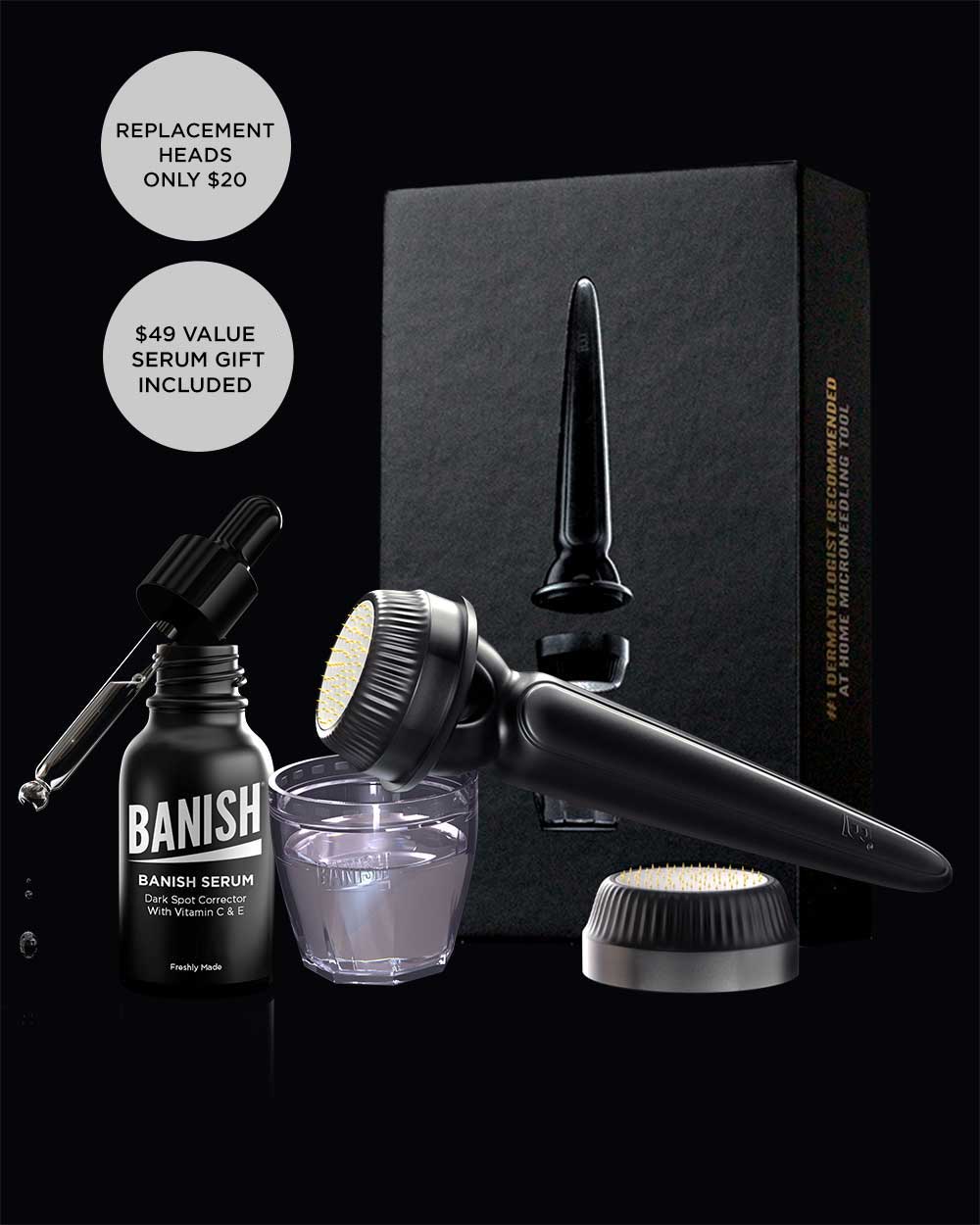
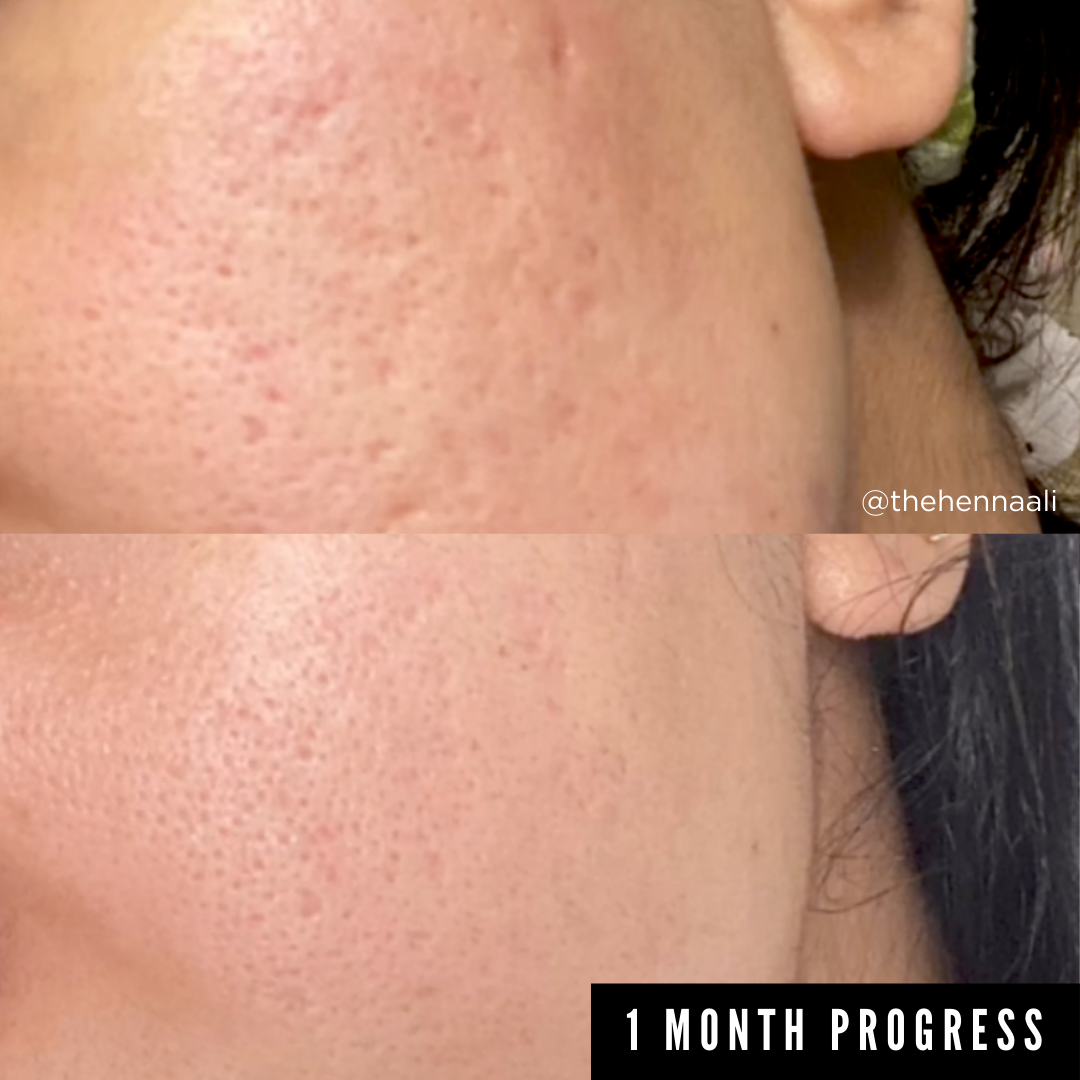
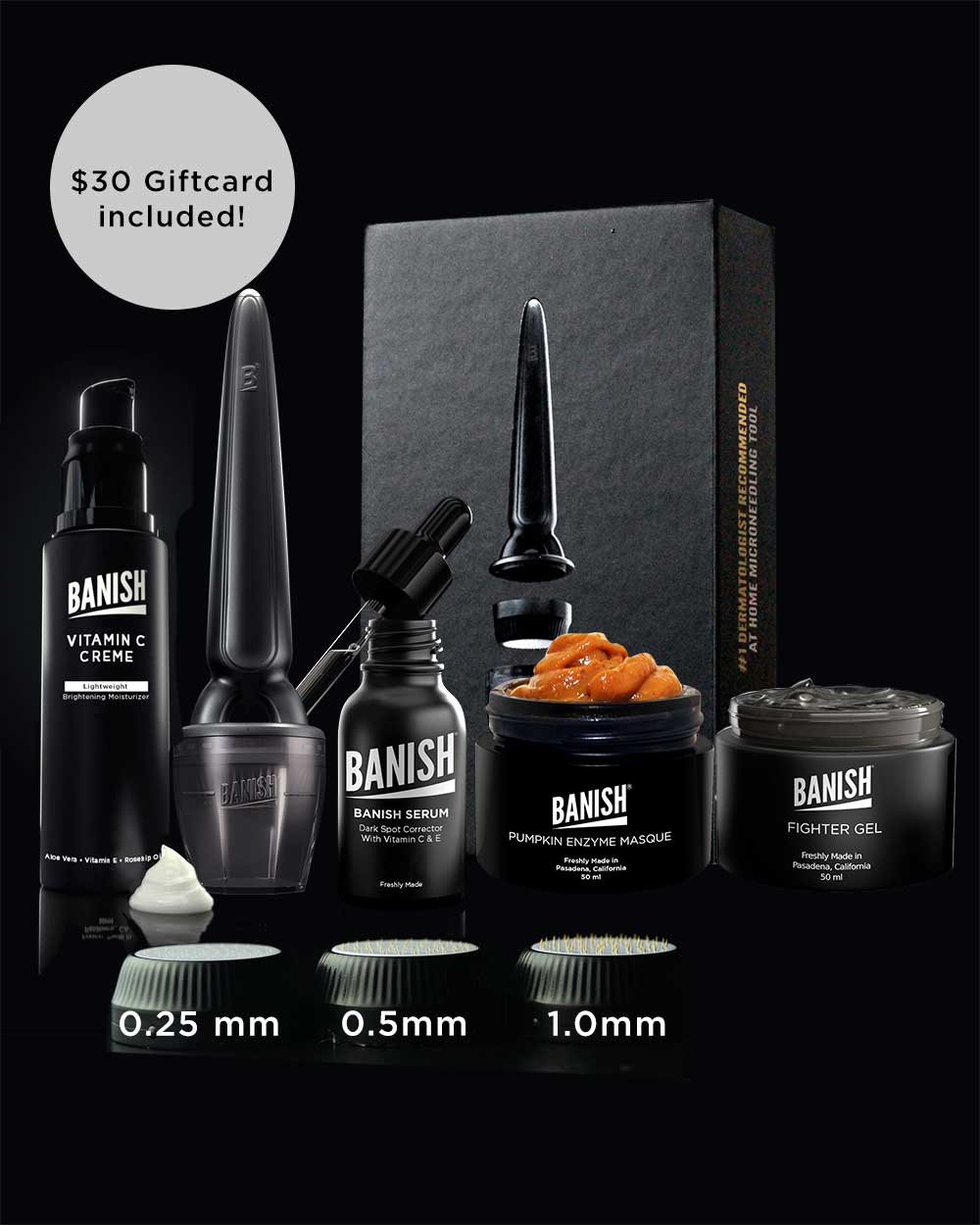

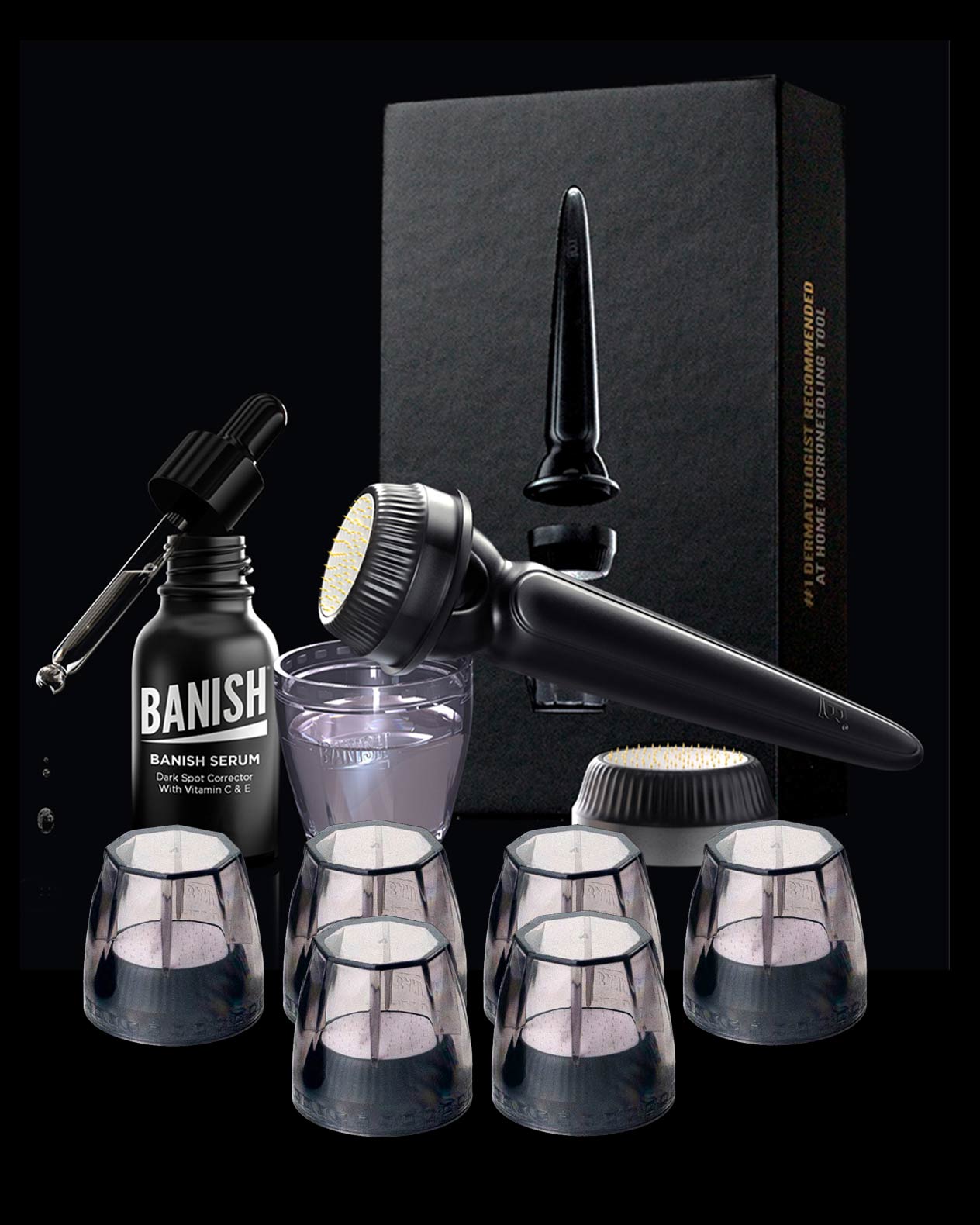
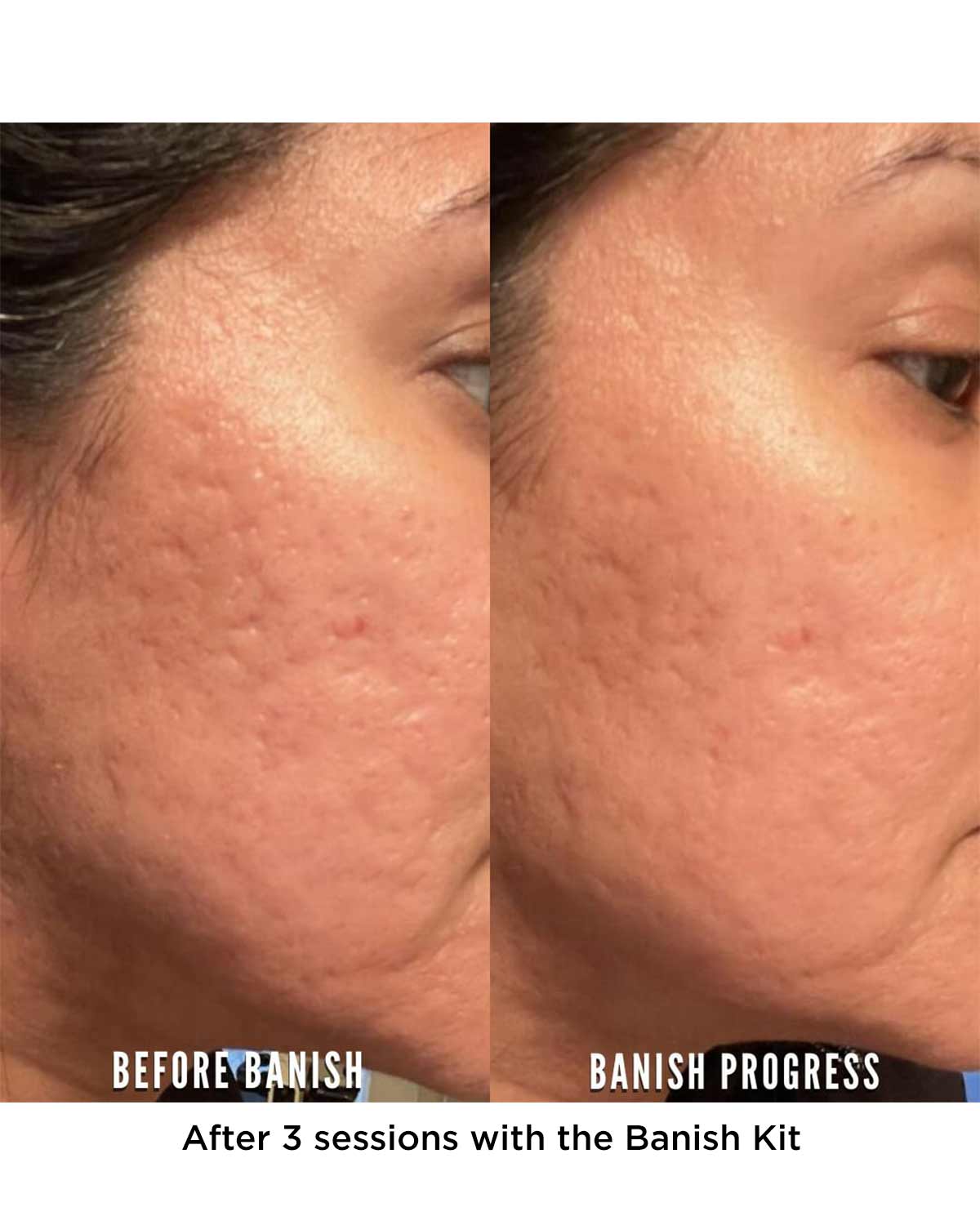
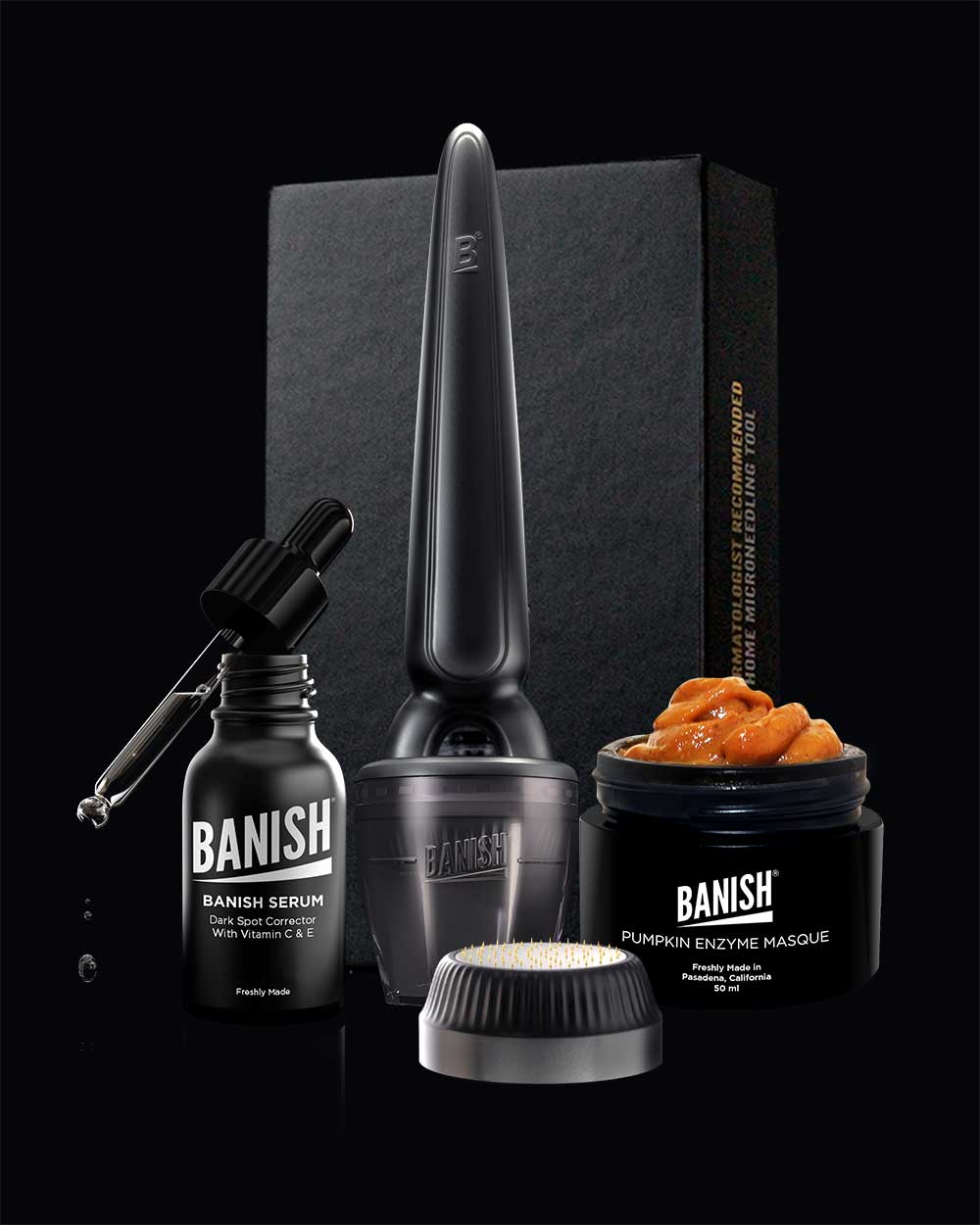

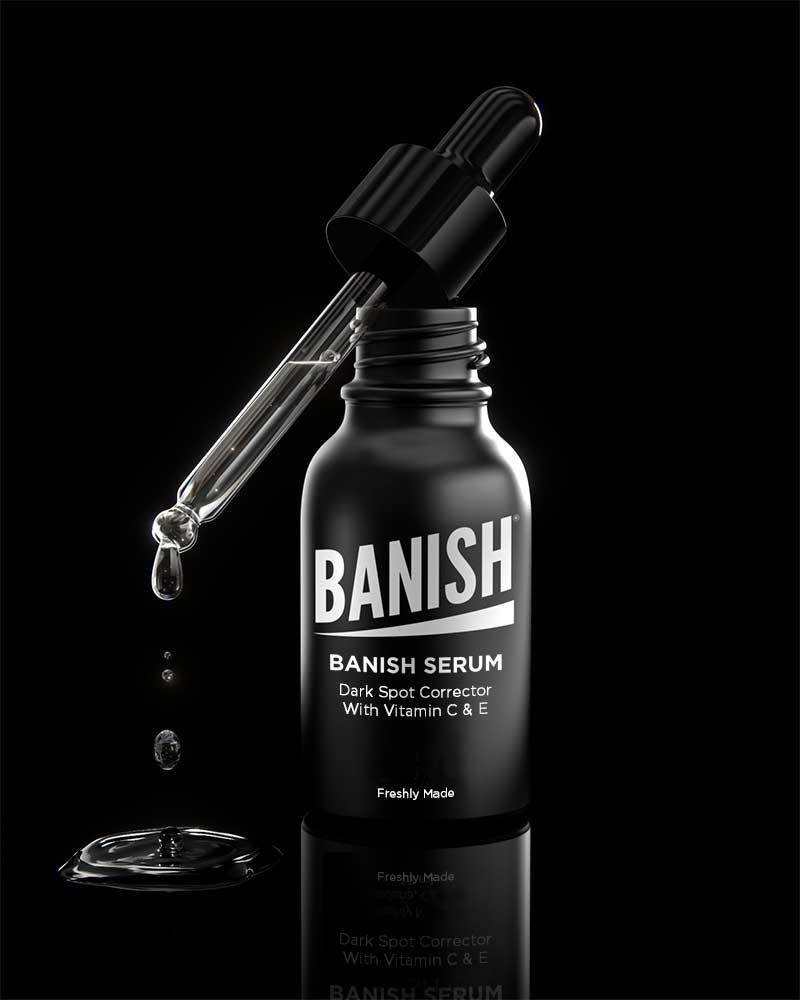
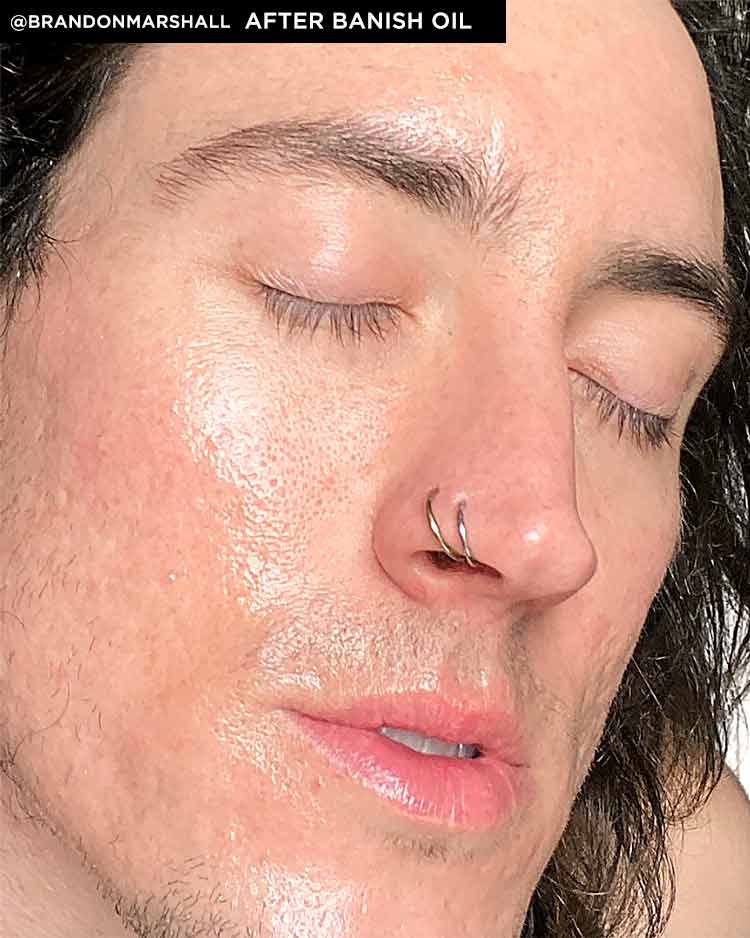
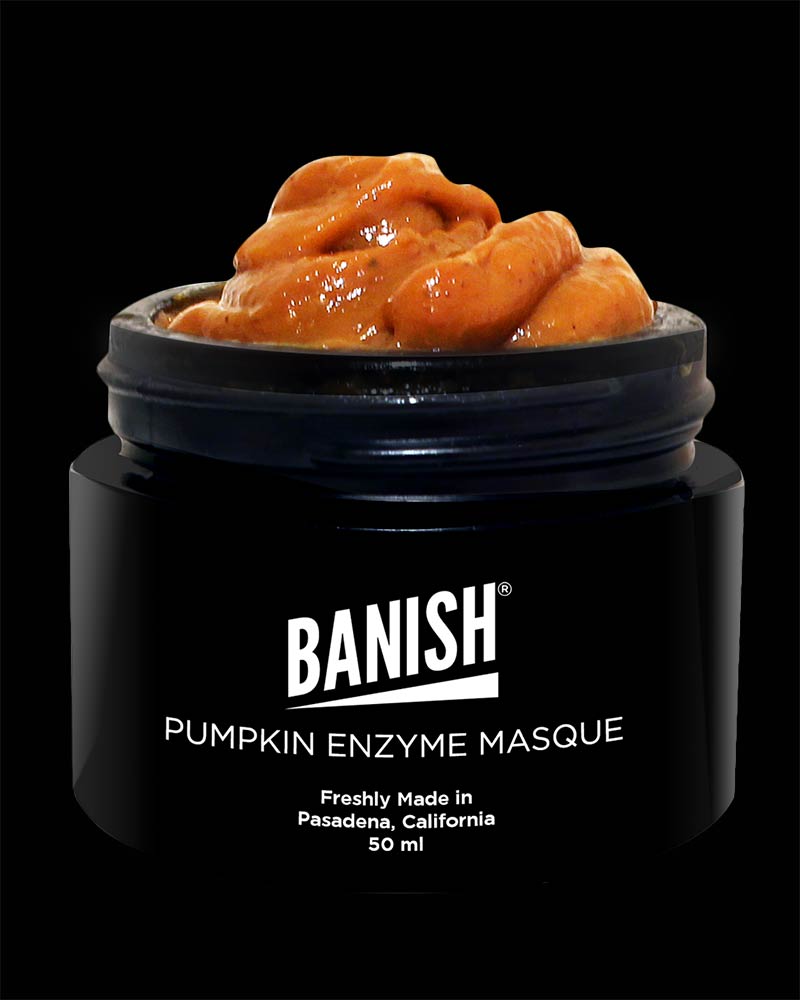
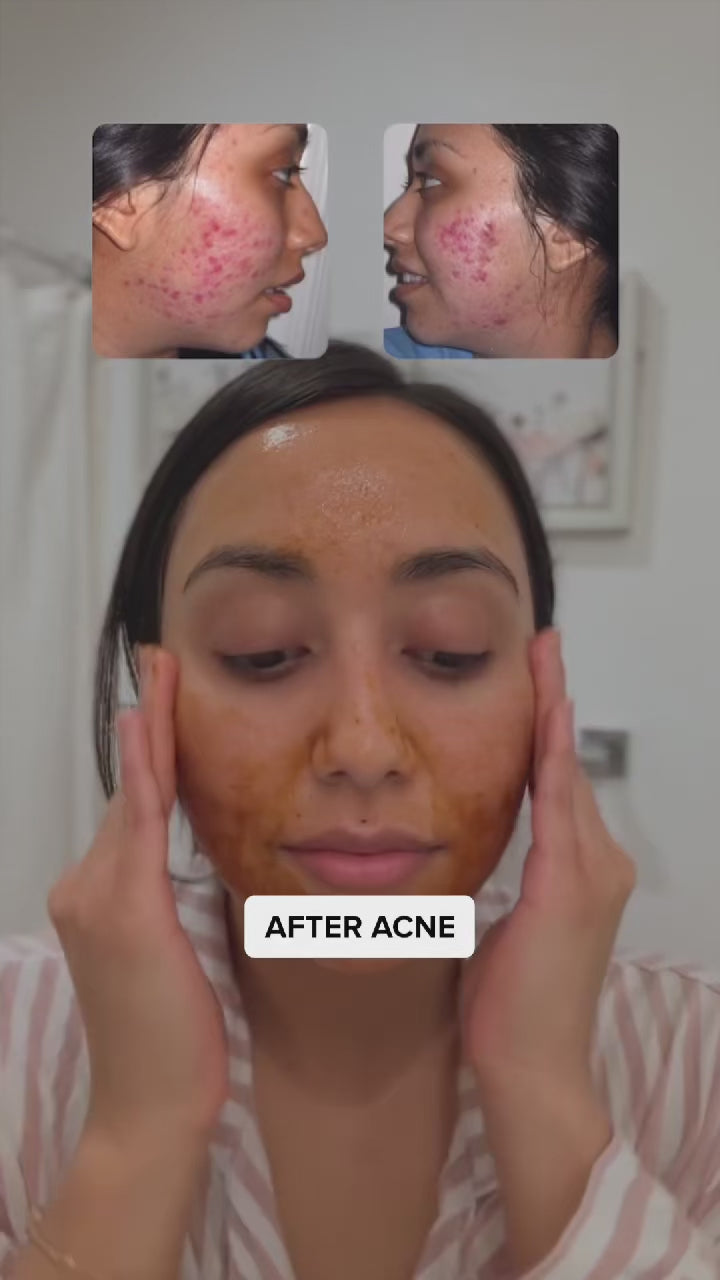









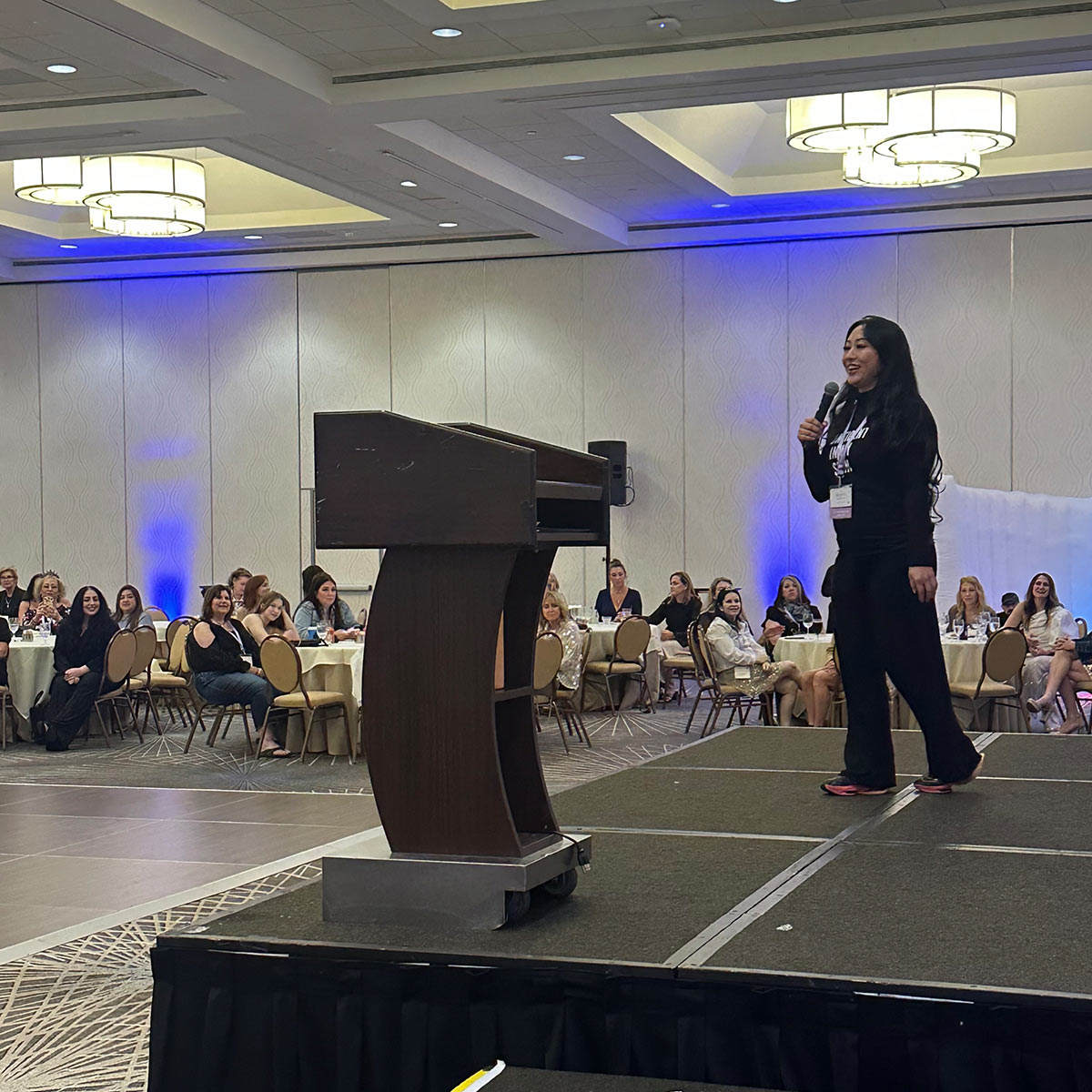
Leave a comment
All comments are moderated before being published.
This site is protected by hCaptcha and the hCaptcha Privacy Policy and Terms of Service apply.